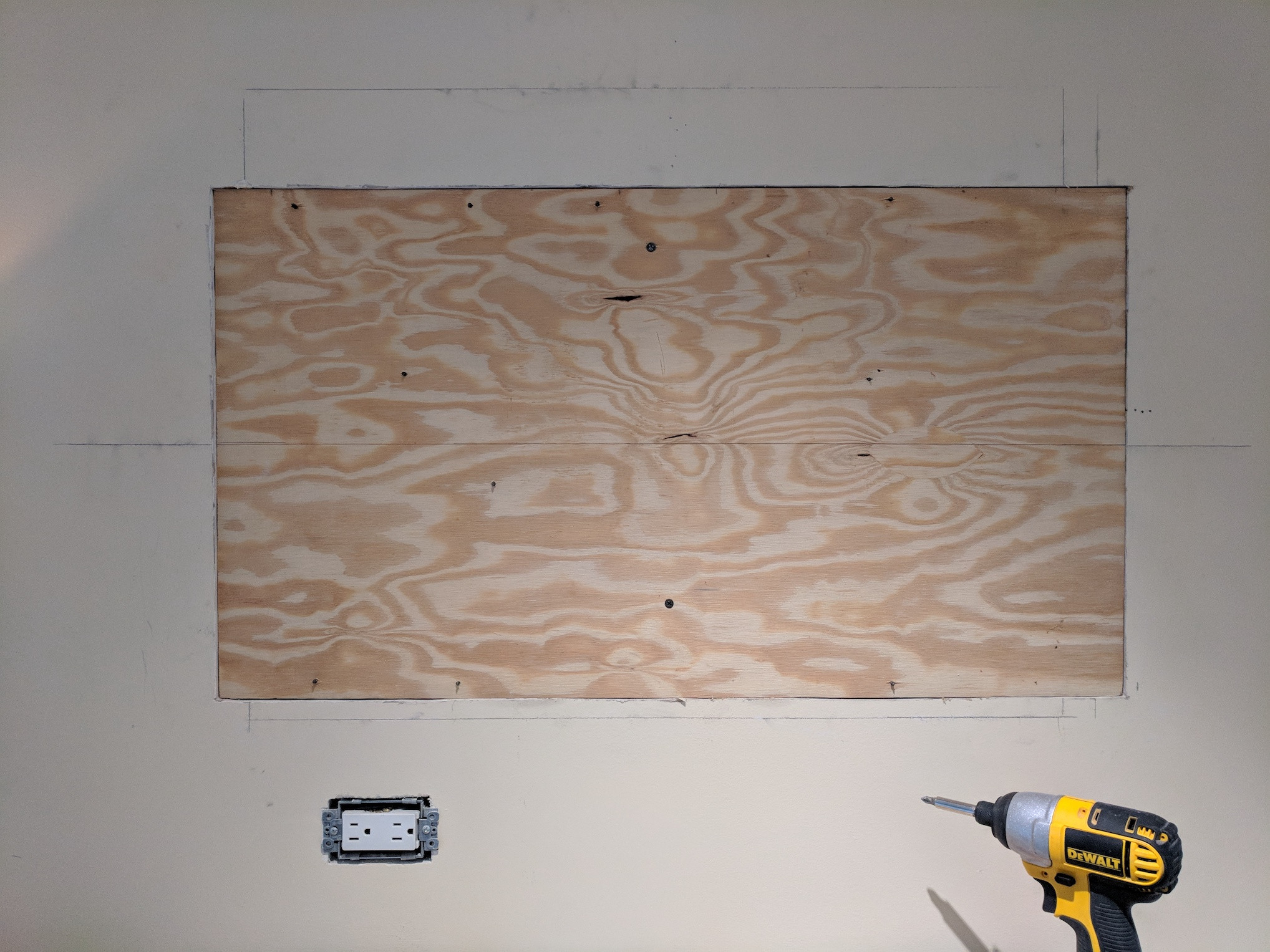Have you ever walked into a room and felt your feet tilt precariously, as if a mischievous gremlin had played tricks on your floor? Uneven floors can be a major eyesore and even a safety hazard. Many homeowners are tempted to tackle this issue with a simple solution: joint compound. But is it actually a viable option for leveling a floor? Let’s dive into the details and explore whether this popular DIY material can truly be your floor’s savior.

Image: thehabitofwoodworking.com
Joint compound, primarily known for its role in smoothing drywall seams and patching holes, is often a tempting choice for tackling uneven flooring. It’s readily available, relatively affordable, and easy to work with. However, its suitability for leveling an entire floor depends on the severity of the unevenness and the type of flooring you have.
Understanding the Limitations of Joint Compound
Before we dive into the specifics of using joint compound for floor leveling, let’s understand its inherent limitations:
-
Strength: Joint compound is primarily designed for patching and smoothing surfaces, not for structural support. It lacks the necessary strength to bear significant weight, especially across a large area. This means if you have significant floor dips or unevenness, joint compound might not be the right choice.
-
Flexibility: While joint compound can handle minor imperfections, it lacks the flexibility to accommodate significant movement or expansion and contraction of wood floors.
-
Adhesion: Joint compound’s adhesion may not be ideal for every type of flooring material. Its adherence to materials like wood or concrete can vary, depending on the type of compound used and the condition of the existing floor surface.
Using Joint Compound for Minor Floor Leveling
Now, let’s explore the scenarios where joint compound might be helpful:
-
Filling Small Cracks or Gaps: If you have small cracks or gaps in your floor, particularly in tile or laminate flooring, joint compound can be an effective solution for filling these imperfections and creating a smoother surface.
-
Leveling Minor Unevenness: If the unevenness in your floor is minor, for example, a slight bump or dip, joint compound can help create a smoother surface.
Important Notes:
-
Preparation is Key: Ensure your floor is clean, dry, and free from debris before applying the joint compound. You may need to prime the surface for better adhesion.
-
Thin Layers: Apply joint compound in thin layers, allowing each layer to dry thoroughly before applying the next.
-
Sanding: After drying, you’ll need to sand the joint compound to achieve a smooth and even finish.
-
Suitable Flooring Types: Joint compound is typically suitable for:
- Tile: Suitable for filling small gaps between tiles or leveling minor unevenness.
- Laminate: Can be used to smooth out minor imperfections.
- Vinyl Plank: Effective for filling small cracks or gaps between planks.
-
Not Suitable for:
- Wood Floors: Not recommended due to the flexibility and movement of wood, joint compound may crack or delaminate over time.
- Large Unevenness: If your floor has significant dips or bumps, joint compound is not a suitable solution. Other leveling methods may be required.
When to Seek Professional Help
If you’re unsure whether joint compound is the right solution for your floor leveling project, consult with a flooring professional. They can assess your situation and recommend the most appropriate approach for your specific needs. In cases of significant unevenness, they might recommend solutions such as self-leveling compound or floor resurfacing.

Image: blog.primethorpepaving.co.uk
Alternatives to Joint Compound for Floor Leveling
If joint compound isn’t the right fit for your flooring, consider these alternatives:
-
Self-Leveling Compound: A specialized concrete-based product that flows easily and levels itself to create a smooth, even surface. It’s suitable for larger areas and significant unevenness.
-
Floor Resurfacing: This process involves applying a thin layer of epoxy or polyurethane resin over the existing floor to create a smooth and durable surface. It’s effective for both concrete and wood floors.
-
Underlayment: Adding a layer of underlayment under the existing flooring can help to smooth out minor imperfections, provide insulation, or enhance sound absorption.
Actionable Tips for Floor Leveling Success
Regardless of the approach you choose, remember these essential tips:
-
Thorough Planning: Before starting any project, create a detailed plan to ensure you have the right materials and tools for the job.
-
Safety First: Always wear protective gear like a dust mask and eye protection when working with dust or chemicals.
-
Patience is Key: Floor leveling projects often require patience. Allow sufficient drying time between coats, and don’t rush the process.
Can I Use Joint Compound To Level A Floor
Conclusion
While joint compound can be helpful for minor floor leveling, it’s crucial to understand its limitations and choose the appropriate solution for your specific needs. Carefully assess your flooring situation, consider professional advice, and prioritize safety throughout the process. Remember, a level floor translates to a more enjoyable living space, and by carefully evaluating your options, you can make your home a haven of comfort and style.






